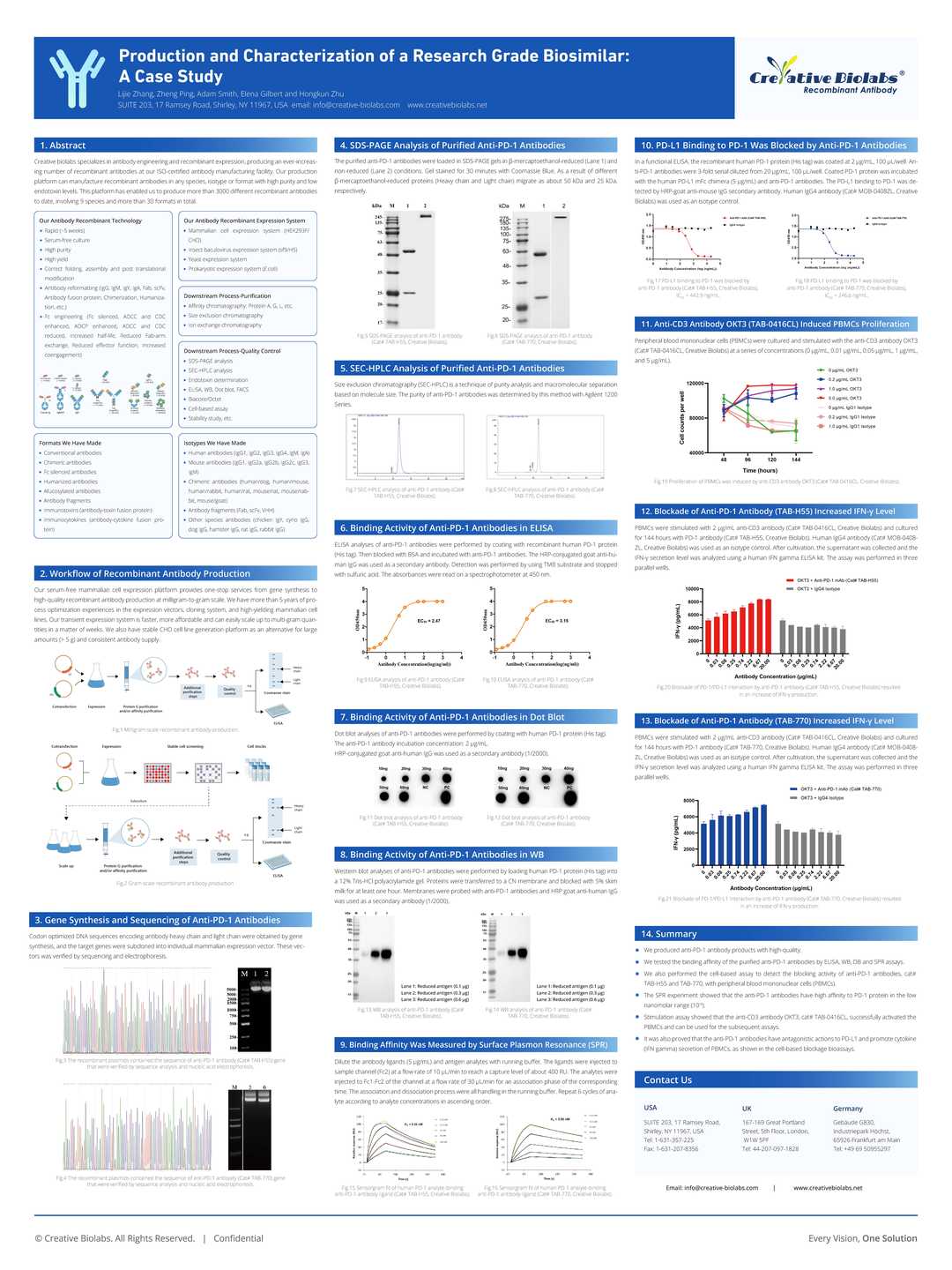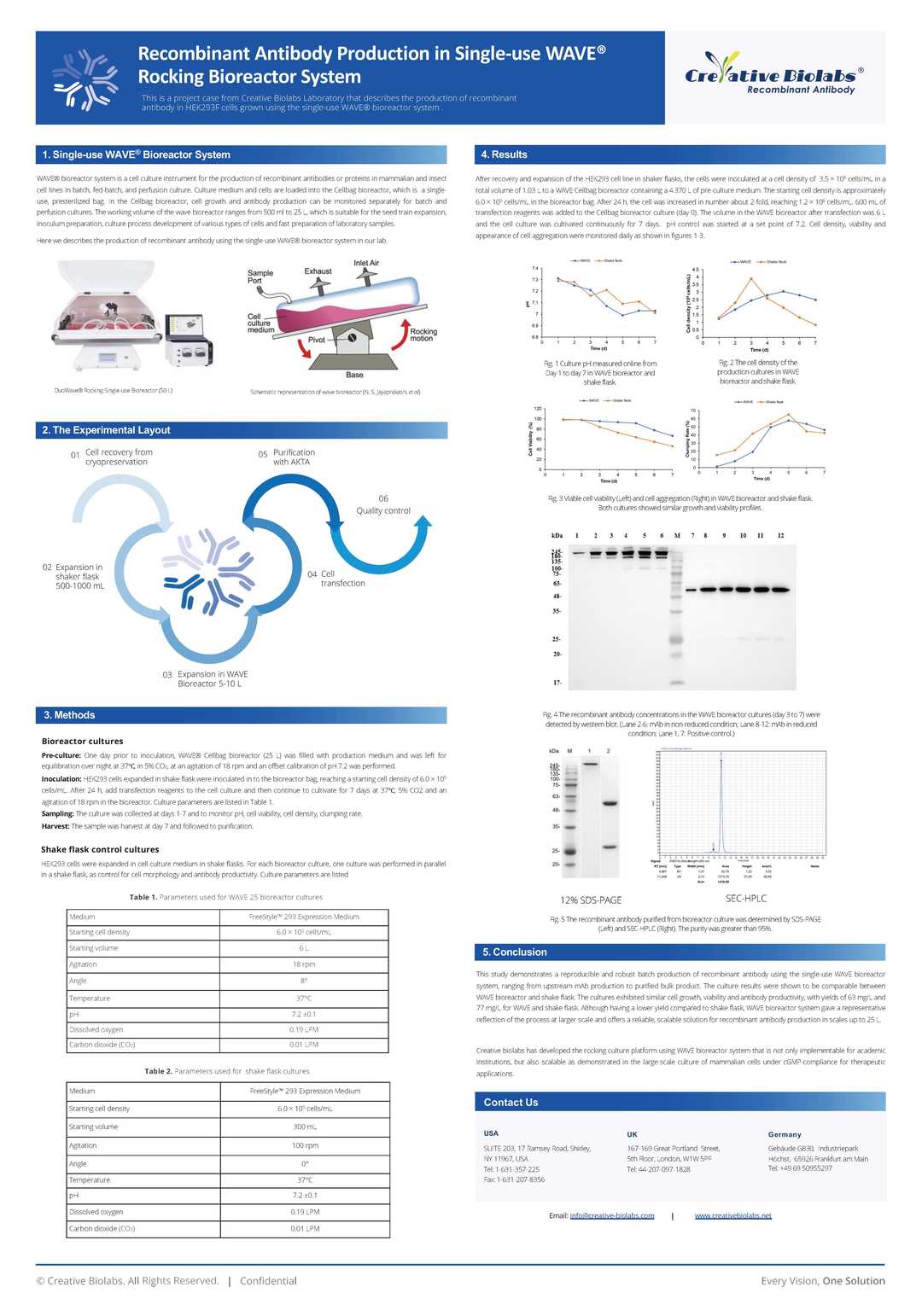Anti-CD-138 (nBT062)-SPDB-DM4 ADC (BT-062/indatuximab ravtansine)
CAT#: ADC-L011
This ADC product is composed of an anti-CD-138 antibody (clone nBT062) conjuagated via a SPDB linker to DM4 (nBT062-SPDB-DM4). It has demonstrated a response in MM treatment by a MOA (Mechanism of Action) of Depolymerize Microtubules.







Specifications
- Antibody Overview
- chimeric anti-CD-138 monoclonal antibody, IgG4k
- Clone
- nBT062
- Antibody Conjugation
- Chimeric murine/human
- Linker
- SPDB (N-succinimidyl 4-(2-pyridyldithio)butyrate)
- Linker Class/Description
- Class: Chemically cleavable Linker-Disulfide Linker
Description: Disulfide Linkers are extensively exploited as a chemically labile linkage. Since the release of disulfide-linked drugs requires a cytoplasmic thiol cofactor, such as glutathione (GSH). Disulfides maintain stable at physiological pH and only when ADCs are internalized inside cells, the cytosol provides reducing environment including intracellular enzyme protein disulfide isomerase, or similar enzymes, drugs can be released.
- Drug
- DM4 (N2'-Deacetyl-N2'-(4-mercapto-4- methyl-1-oxopentyl)maytansine)
- Drug Class/Description
- Class: Maytansinoid
Description: Maytansinoids are a group of cytotoxins structurally similar to rifamycin, geldanamycin, and ansatrienin. The eponymous natural cytotoxic agent maytansine is a 19-member lactam (ansa
macrolide) structure originally isolated from the Ethiopian shrub Maytenus ovatus. Maytansinoids can bind to tubulin at or near the vinblastine-binding site, which interfere the formation of microtubules and depolymerize already formed microtubules, inducing mitotic arrest in the intoxicated cells.
Target
- Introduction
- The protein encoded by this gene is a transmembrane (type I) heparan sulfate proteoglycan and is a member of the syndecan proteoglycan family. The syndecans mediate cell binding, cell signaling, and cytoskeletal organization and syndecan receptors are required for internalization of the HIV-1 tat protein. The syndecan-1 protein functions as an integral membrane protein and participates in cell proliferation, cell migration and cell-matrix interactions via its receptor for extracellular matrix proteins. Altered syndecan-1 expression has been detected in several different tumor types. While several transcript variants may exist for this gene, the full-length natures of only two have been described to date. These two represent the major variants of this gene and encode the same protein.
- Alternative Names
- SDC; CD138; SYND1; syndecan
- Gene ID
- 6382
- UniProt ID
- P18827
Customer Review
There are currently no Customer reviews or questions for ADC-L011. Click the button above to contact us or submit your feedback about this product.
Submit Your Publication
Published with our product? Submit your paper and receive a 10% discount on your next order! Share your research to earn exclusive rewards.
Downloadable Resources
Download resources about recombinant antibody development and antibody engineering to boost your research.
Datasheet
MSDS
COA
Certificate of Analysis LookupTo download a Certificate of Analysis, please enter a lot number in the search box below. Note: Certificate of Analysis not available for kit components.
See other products for "Clone nBT062"
- CAT
- Product Name
See other products for "SDC1"
Select a product category from the dropdown menu below to view related products.
| CAT | Product Name | Application | Type |
|---|---|---|---|
| TAB-197 | Chimeric (Mouse/Human) Anti-SDC1 Recombinant Antibody (TAB-197) | Neut, ELISA, IF, IP, FuncS, FC, ICC | Chimeric (mouse/Human) IgG4, κ |
| CAT | Product Name | Application | Type |
|---|---|---|---|
| TAB-495CT | Mouse Anti-SDC1 Recombinant Antibody (TAB-495CT) | FC, WB | Mouse IgG1, κ |
| TAB-495CT-S(P) | Mouse Anti-SDC1 Recombinant Antibody; scFv Fragment (TAB-495CT-S(P)) | FC, WB | Mouse scFv |
| TAB-495CT-F(E) | Mouse Anti-SDC1 Recombinant Antibody; Fab Fragment (TAB-495CT-F(E)) | FC, WB | Mouse Fab |
| CAT | Product Name | Application | Type |
|---|---|---|---|
| MOR-3189 | Hi-Affi™ Recombinant Rabbit Anti-SDC1 Monoclonal Antibody (DS3189AB) | IHC-P | IgG |
| CAT | Product Name | Application | Type |
|---|---|---|---|
| HPAB-0324-CN-S(P) | Human Anti-SDC1 Recombinant Antibody; scFv Fragment (HPAB-0324-CN-S(P)) | ELISA, FC | Human scFv |
| HPAB-0326-CN-S(P) | Human Anti-SDC1 Recombinant Antibody; scFv Fragment (HPAB-0326-CN-S(P)) | ELISA, FC | Human scFv |
| HPAB-2546LY-S(P) | Human Anti-SDC1 Recombinant Antibody; scFv Fragment (HPAB-2546LY-S(P)) | ELISA | Human scFv |
| CAT | Product Name | Application | Type |
|---|---|---|---|
| HPAB-0324-CN-F(E) | Human Anti-SDC1 Recombinant Antibody; Fab Fragment (HPAB-0324-CN-F(E)) | ELISA, FC | Humanized Fab |
| HPAB-0326-CN-F(E) | Human Anti-SDC1 Recombinant Antibody; Fab Fragment (HPAB-0326-CN-F(E)) | ELISA, FC | Humanized Fab |
| HPAB-2546LY-F(E) | Human Anti-SDC1 Recombinant Antibody; Fab Fragment (HPAB-2546LY-F(E)) | ELISA | Humanized Fab |
| CAT | Product Name | Application | Type |
|---|---|---|---|
| NS-086CN | Human Anti-SDC1 Recombinant Antibody (NS-086CN) | ELISA | Humanized IgG |
| NS-087CN | Human Anti-SDC1 Recombinant Antibody (NS-087CN) | ELISA | Humanized IgG |
| NS-086CN-F(E) | Human Anti-SDC1 Recombinant Antibody; Fab Fragment (NS-086CN-F(E)) | ELISA | Humanized Fab |
| NS-087CN-F(E) | Human Anti-SDC1 Recombinant Antibody; Fab Fragment (NS-087CN-F(E)) | ELISA | Humanized Fab |
| NS-086CN-S(P) | Human Anti-SDC1 Recombinant Antibody; scFv Fragment (NS-086CN-S(P)) | ELISA | Human scFv |
| CAT | Product Name | Application | Type |
|---|---|---|---|
| NS-089CN | Mouse Anti-SDC1 Recombinant Antibody (NS-089CN) | ELISA | Mouse IgG |
| MRO-1463-CN | Recombinant Rabbit Anti-SDC1 Monoclonal Antibody (JM11-21) | WB, IF, IHC | Rabbit IgG |
| VS3-CJ734 | Mouse Anti-SDC1 Recombinant Antibody (VS3-CJ734) | WB | Mouse IgG1 |
| VS3-XY1398 | Mouse Anti-SDC1 Recombinant Antibody (clone 1A3H4) | ELISA, WB, IHC, FC, ICC | Mouse IgG1 |
| VS7-0425-WR833 | Mouse Anti-SDC1 Recombinant Antibody (clone 1A3A3) | WB, ICC, FC | Mouse IgG1 |
| CAT | Product Name | Application | Type |
|---|---|---|---|
| AFC-TAB-197 | Afuco™ Anti-SDC1 ADCC Recombinant Antibody, ADCC Enhanced (AFC-TAB-197) | Neut, ELISA, IF, IP, FuncS, FC | ADCC enhanced antibody |
| CAT | Product Name | Application | Type |
|---|---|---|---|
| VS3-QX1001 | Mouse Anti-SDC1 Recombinant Antibody (clone 587CT7.3.6.5) | WB, ICC, FC | Mouse IgM |
| CAT | Product Name | Application | Type |
|---|---|---|---|
| VS-0225-XY193 | CytoStream™ Mouse Anti-SDC1 Recombinant Antibody (VS-0225-XY193) | FC | Mouse IgG1, kappa |
| VS13-YC1044 | CytoStream™ Rabbit Anti-SDC1 Recombinant Antibody (VS13-YC1044) | WB, IHC-P, ICC, IF, FC | Rabbit IgG |
| CAT | Product Name | Application | Type |
|---|---|---|---|
| VS-0325-FY16 | Human Anti-SDC1 scFv-Fc Chimera (VS-0325-FY16) | ELISA, FC, Cyt | Human IgG1, scFv-Fc |
| VS-0325-FY153 | Human Anti-SDC1 scFv-Fc Chimera (VS-0325-FY153) | ADCC | Human IgG1, scFv-Fc |
| CAT | Product Name | Application | Type |
|---|---|---|---|
| VS-0425-YC134 | Recombinant Anti-SDC1 Vesicular Antibody, EV Displayed (VS-0425-YC134) | ELISA, FC, Cell-uptake |
| CAT | Product Name | Application | Type |
|---|---|---|---|
| VS-0525-XY6401 | Anti-SDC1 Immunohistochemistry Kit | IHC | |
| VS-0525-XY6402 | Anti-Mouse SDC1 Immunohistochemistry Kit | IHC | |
| VS-0525-XY6404 | Anti-Rat SDC1 Immunohistochemistry Kit | IHC |
Popular Products

Application: IF, IP, Neut, FuncS, ELISA, FC, ICC
-2.png)
Application: ELISA, FC, IP, FuncS, IF, Neut, ICC

Application: FuncS, Inhib, IP, ELISA

Application: WB, IF, FuncS
-2.png)
Application: WB, ELISA

Application: ELISA, IHC, FC, IP, IF, Inhib

Application: ELISA

Application: ELISA, Neut, FuncS

Application: ELISA, Inhib, FuncS
For research use only. Not intended for any clinical use. No products from Creative Biolabs may be resold, modified for resale or used to manufacture commercial products without prior written approval from Creative Biolabs.
This site is protected by reCAPTCHA and the Google Privacy Policy and Terms of Service apply.
























